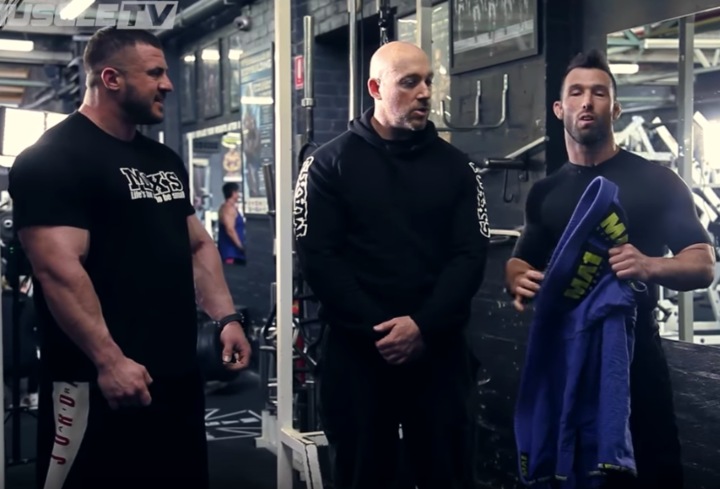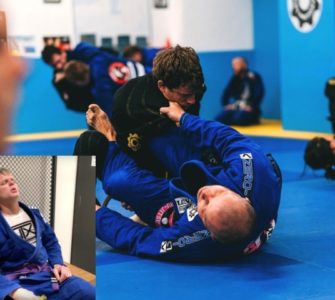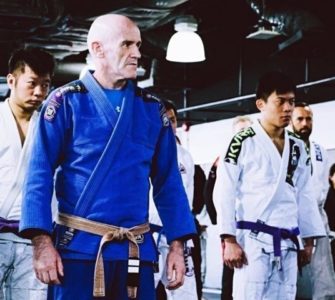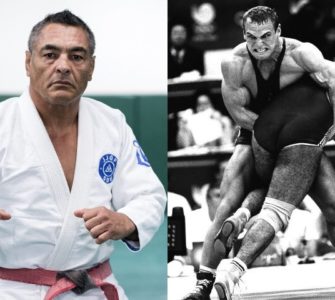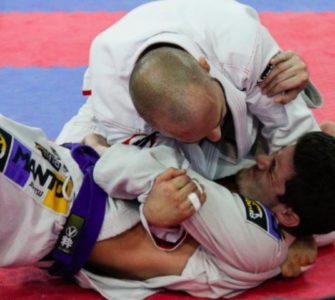Just how much strength training do you really need for Brazilian Jiu Jitsu? One school of thought advocates virtually no strength training at all, where this modality of training is seen as something that dilutes your attention from the mats. Then, there’s the second school of thought, where strength training is something you should be doing every single day.
The rule of thumb, of course, lies somewhere in the middle.
YOU NEED TO STRENGTH TRAIN!
Lifting heavy weights and/or doing bodyweight exercises should definitely be a part of your training schedule; and not just because you’ll look better when spreading that Gi for an after-win photo. Strength training will, first and foremost, reduce your chances of hearing that popping sound: studies have shown that the athletes who incorporate strength-building routines are much less injury-prone than the ones who don’t. The saying „steel sharpens steel“ isn’t wrong, as your tendons, ligaments, muscles and other connective tissues will become bulletproof under the barbell.
It will increase your chances of tournament success as well! For sure, technique is king in Brazilian Jiu Jitsu, but strength is still a powerful queen.
Just imagine two athletes that are kind of the „same“. They have been training for approximately the same time and they possess around the same level of experience and technique… They are on the same playing field, except when it comes to strength! So, who do you think will win in a match: the stronger or the weaker athlete?
Yup, it’s that simple. If the gym hasn’t been an acquaintance of yours up until now, it’s high time to befriend it.
BUT DON’T DO IT TO AN EXCESS
Now, there’s a pretty high chance that once you first notice that you can add more weight to the bar, that strength training will become yet another one of your favorite activities!
However, don’t let strength training overtake Jiu Jitsu. You’ve started lifting in order to improve your grappling, remember? So don’t get into it so much so that you’re hurting your BJJ progress – be it by injuring yourself because you became too arrogant about the weight you’re lifting, or because the frequency and intensity of it is leaving you exhausted for the mats.
THE GOLDEN MEAN
So how much should you strength train? While you’ll need to figure out what your exact golden mean is, we’d suggest that you start out with a maximum of 3 times per week and doing it on the days when you don’t have BJJ, with one day off completely. This way, you’ll have an adequate time to recover from both training demands and to improve on both fronts as well.
Also, while you’re in the gym, don’t go overboard: keep your training intensity at bay. It’s not just your muscles that need to be fresh for the tomorrow’s rolling sessions, but your nervous system as well. So, to keep it healthy, focus on compound movements and doing no more than 5 sets and 5 reps per exercise.
Sure, you should add in an accessory exercise here and there, especially when it’s specific for injury prevention; but don’t fool yourself by saying that 4 sets of 12 sets on the lat pulldown machine isn’t because you want to feel the pump. The pump isn’t important, your BJJ progress is.
And finally, program your lifting schedule by focusing on the pull, push, squat and hinge patterns instead of the exercises you are set on doing. While exercise selection is very important, the overarching goal of building a functional body – which operates across these four basic movement patterns – can be best achieved through this aim instead.
Why are SUPERSETS the key to Nicky Rod’s “pump”?
- Nicky Rod’s unique and simple workout tweaks will take you to BEAST MODE in no time!
- You don’t have to be a high level wrestler to get a high level GAS TANK!

